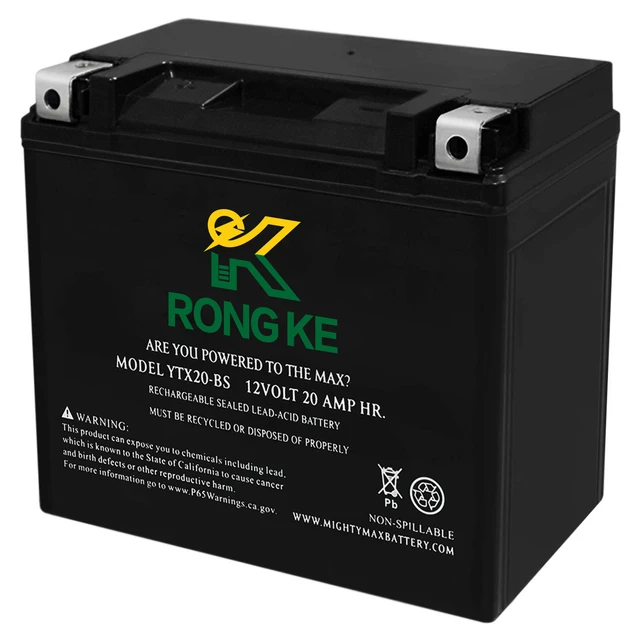Introduction
A motorcycle battery plays a vital role in powering the electrical system and starting the engine. Like any other battery, it has a limited lifespan and will eventually require replacement. However, determining when to replace a motorcycle battery can be challenging, as several factors come into play. In this guide, we will explore the various considerations to help you determine the replacement cycle for a motorcycle battery and ensure your motorcycle operates reliably.
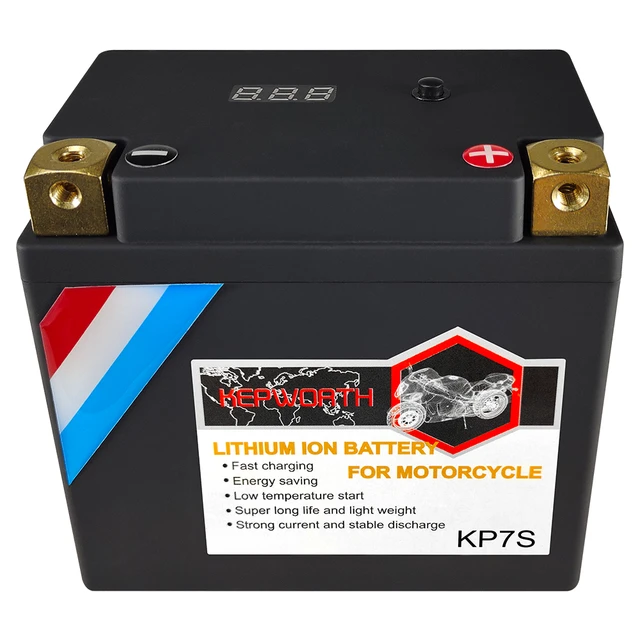
How often should you replace a motorcycle battery?
Understanding Motorcycle Battery Lifespan
1.1. Battery Types and Construction
Motorcycle batteries generally come in two types: conventional lead-acid and newer maintenance-free, sealed, or gel-based batteries. The lifespan of a battery can depend on its construction and the materials used.
1.2. Average Lifespan
On average, a motorcycle battery can last between 2 to 5 years. This estimate varies depending on several factors, including usage, maintenance, climate conditions, and the quality of the battery itself.
Assessing Usage Patterns
2.1. Riding Frequency
The frequency at which you ride your motorcycle can impact the lifespan of the battery. Frequent and regular use can help keep the battery charged and prevent it from losing power or sulfating.
2.2. Short vs. Long Rides
Short rides, especially those where the engine doesn’t have time to fully warm up, can strain the battery. Frequent use of your motorcycle for short trips may decrease the battery’s lifespan compared to occasional longer rides.
2.3. Off-Season Storage
If you store your motorcycle during the off-season, such as winter, it is important to properly maintain the battery during this period. Long periods of inactivity, without proper trickle charging or maintenance, can lead to battery deterioration.
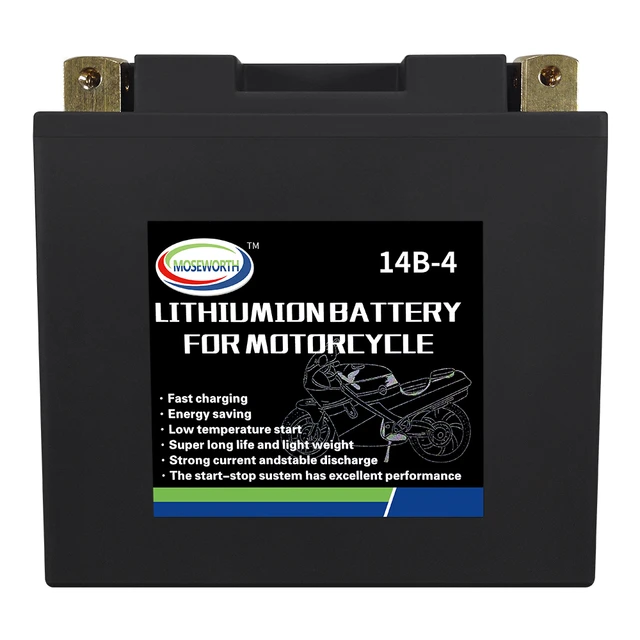
Maintenance and Care
3.1. Regular Charging
Proper charging and maintenance can extend the lifespan of a motorcycle battery. Regularly charge the battery, especially during long periods of inactivity, using a high-quality battery charger suitable for your battery type.
3.2. Cleaning and Inspections
Periodically clean the battery terminals and ensure they are free from corrosion. Inspect the battery for any signs of damage, leaks, or bulging. Addressing such issues promptly can help prevent battery failure and the need for premature replacement.
3.3. Proper Electrolyte Levels (Conventional Batteries)
If you have a conventional lead-acid battery, regularly check and maintain the correct electrolyte levels. Add distilled water as needed to ensure the lead plates are adequately submerged.
Climate Considerations
4.1. Extreme Temperatures
Extreme temperatures can have a significant impact on the lifespan of a motorcycle battery. High temperatures accelerate the battery’s chemical reactions, potentially leading to faster degradation. Conversely, extremely low temperatures can reduce the battery’s capacity and make it harder to start the engine.
4.2. Storage in Extreme Conditions
If you live in an area with extreme heat or cold, it is important to store the motorcycle and battery appropriately. Extreme temperatures during storage can degrade the battery’s performance and shorten its lifespan. Consider either using a battery tender or removing the battery and storing it in a temperature-controlled environment if necessary.
Analyzing Battery Performance
5.1. Voltage Readings
Monitoring the voltage of your motorcycle battery can provide insight into its performance. Use a voltmeter to check the battery’s voltage while the engine is off and compare the reading with the manufacturer’s recommended levels.
5.2. Load Testing
Load testing involves applying a simulated load to the battery to assess its capacity and performance. This test can help determine if the battery is capable of delivering enough power and if it’s time for a replacement.
5.3. Cranking Power and Starting Ability
Difficulty starting the motorcycle or a noticeable decrease in cranking power may indicate that the battery is reaching the end of its lifespan. Although these symptoms can also be caused by other factors, it’s important to consider the battery as a potential source.
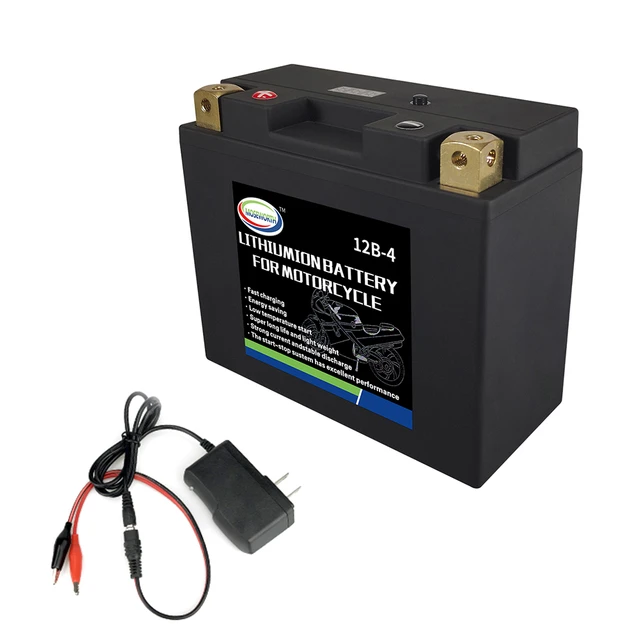
Battery Age and Warranty
6.1. Manufacturer Recommendations
Review the manufacturer’s recommendations regarding the estimated lifespan of the battery. Manufacturers often provide guidelines for when to replace the battery based on their testing and expertise.
6.2. Warranty Period
Consider the warranty period provided by the manufacturer. If the battery fails within the warranty period, you may be eligible for a free replacement. However, keep in mind that the warranty only covers defects and not normal wear and tear.
Considering Warning Signs
7.1. Slow Engine Cranking
If you notice that the engine is cranking slowly or struggling to start, it may indicate that the battery is reaching the end of its useful life.
7.2. Dim or Flickering Lights
Dim or flickering headlights, taillights, or dashboard lights can be a sign of an aging battery. Although it could also be caused by other electrical issues, it’s worth considering the battery as a potential cause.
7.3. Frequent Jump Starts or Battery Recharging
If you find yourself frequently needing to jump-start the battery or recharge it, it could be an indication that the battery’s performance is declining. This suggests that a replacement may be necessary.
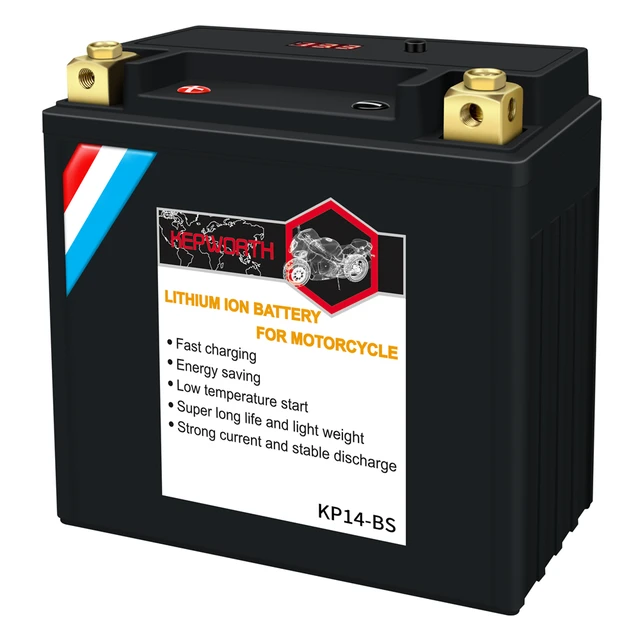
General Guidelines for Replacement
8.1. Age and Maintenance
If your battery is beyond its expected lifespan or if you haven’t performed regular maintenance and the battery is showing signs of deterioration, it’s generally a good idea to consider a replacement.
8.2. Preemptive Replacement
Some motorcyclists prefer to replace the battery proactively before it fails completely, especially if they rely heavily on their motorcycle for transportation or plan long rides. Preemptive replacement ensures reliability and peace of mind, particularly before embarking on extended trips.
Seeking Professional Advice
10.1. Expert Opinion
If you are uncertain about whether or not your motorcycle battery needs replacement, it may be worthwhile to seek the opinion of a professional. A motorcycle mechanic or battery specialist can provide valuable insights and advice based on their experience and expertise.
10.2. Battery Testing Services
Battery testing services, often offered by automotive or motorcycle shops, can provide a comprehensive assessment of your battery’s condition. These tests can evaluate the battery’s capacity, voltage, and other performance indicators to determine if a replacement is necessary.
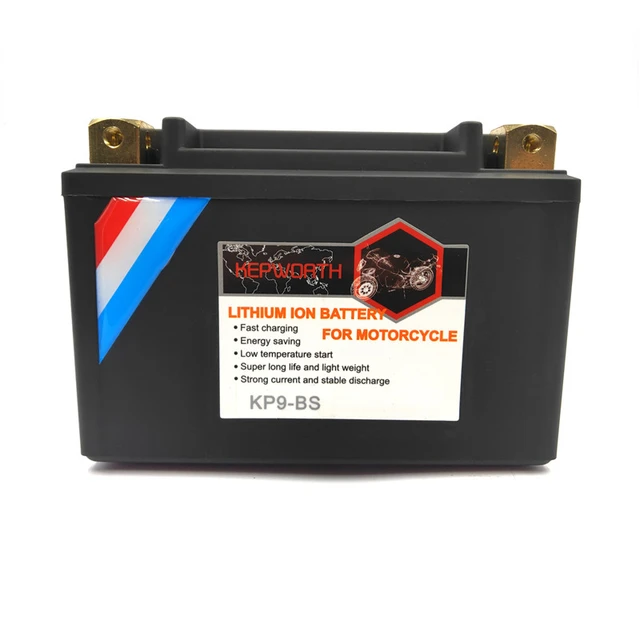
Conclusion
Determining when to replace a motorcycle battery depends on several factors, including usage patterns, maintenance, climate conditions, and battery quality. On average, a motorcycle battery may last between 2 to 5 years. Assessing these factors along with warning signs, warranty coverage, and battery performance can help you decide when it’s time for a replacement. Regular maintenance, proper storage, and monitoring battery performance are key in maximizing a motorcycle battery’s lifespan. By being proactive and addressing battery issues promptly, you can ensure a reliable starting and electrical system, enhancing your overall motorcycle experience.

